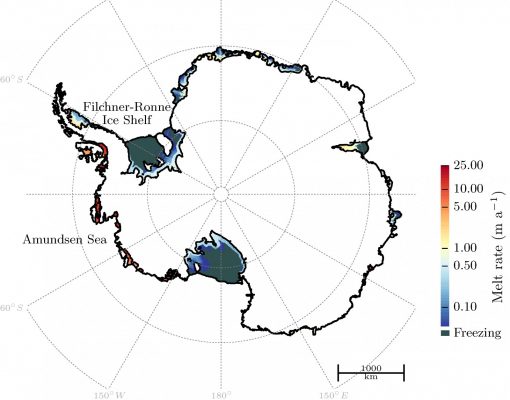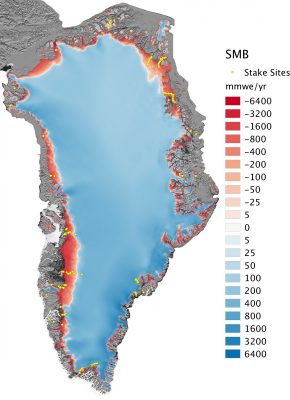What do you need to form sea ice? Well, you can start with some sea water, an ocean will do, and cold air above it. Once a layer of ice starts forming, break it to make some cracks. You would have not thought of that? Yet, our recent study suggests cracks in the ice contribute significantly to Arctic winter sea ice production. A relationship between sea ice formation and breakup? We have known for ...[Read More]
Did you know that cracks play a large role in the Arctic sea ice production?




